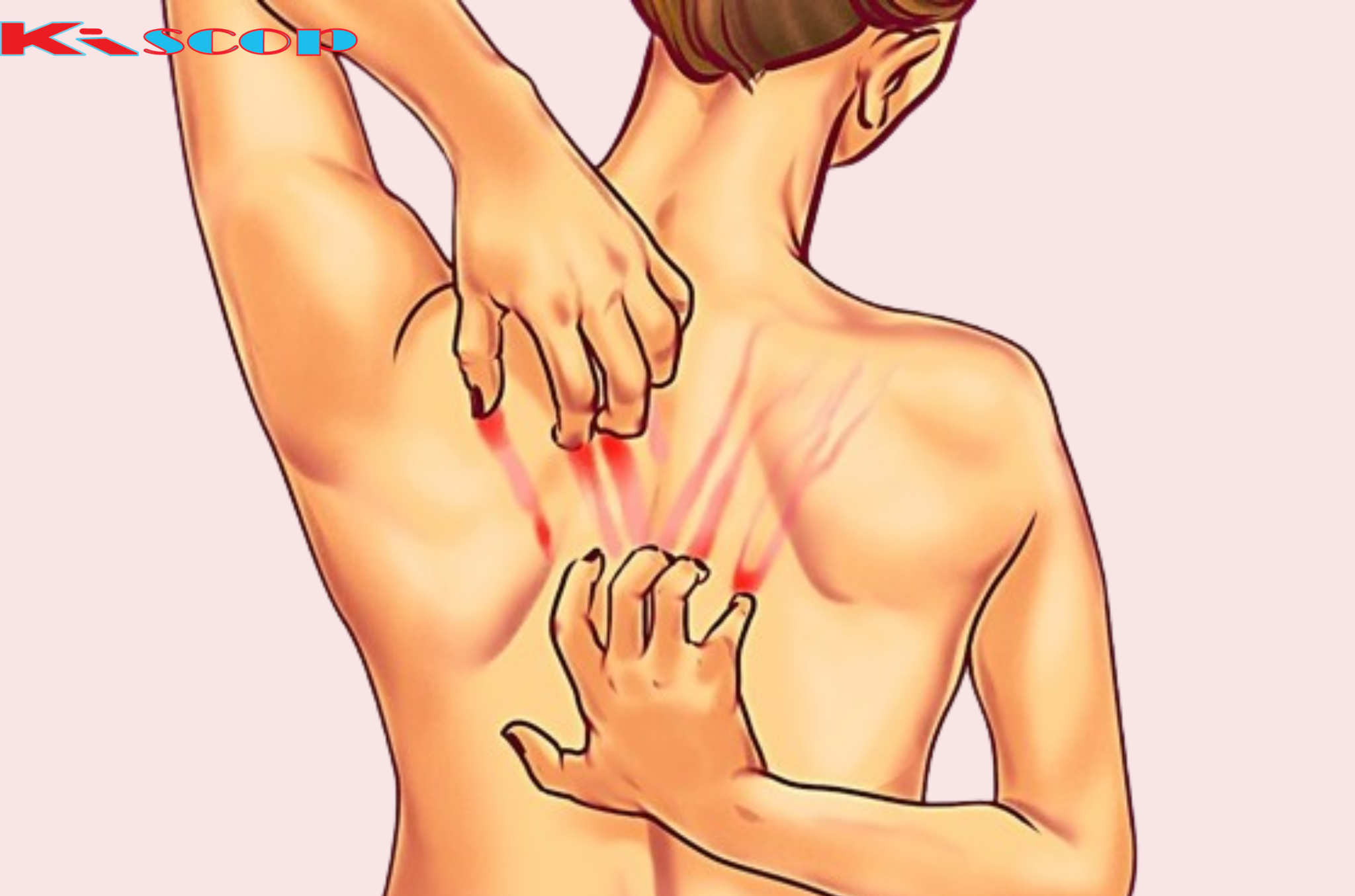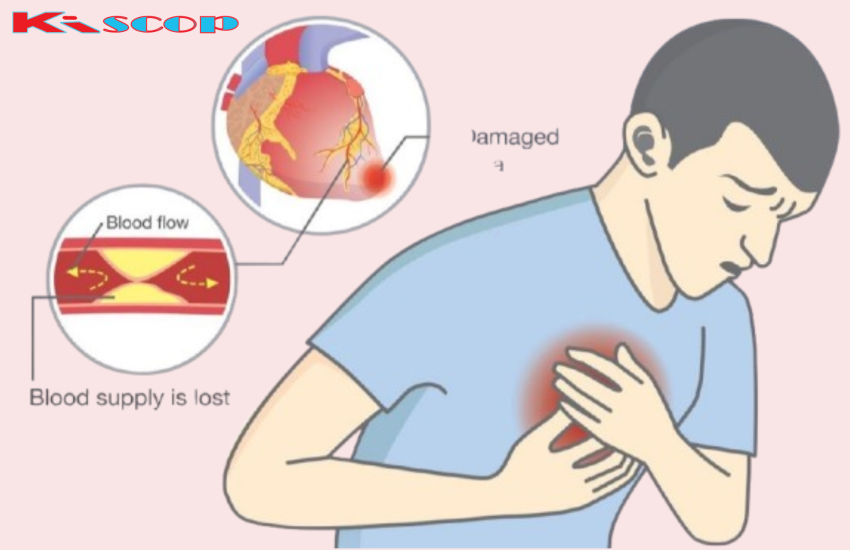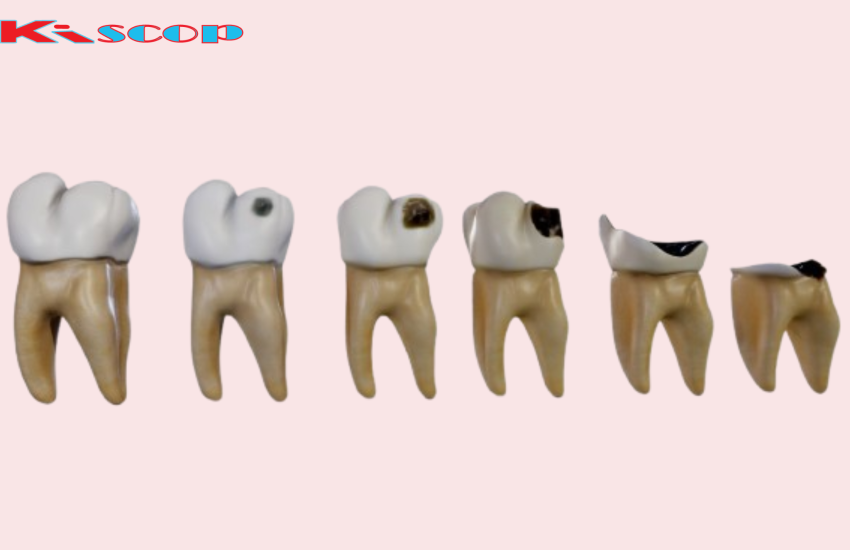9 Warning Signs You Are Vitamin D Deficient and How to Fix It
Vitamin D, often referred to as the “sunshine vitamin,” is essential for maintaining healthy bones, supporting the immune system, and regulating mood. Despite its importance, vitamin D deficiency is a common problem affecting millions of people worldwide. Since vitamin D is synthesized in the skin through sunlight exposure and obtained through certain foods, a deficiency can arise due to limited sun exposure, poor diet, or underlying health conditions. Recognizing the signs of deficiency and knowing how to address them is crucial for overall well-being. Here are nine warning signs that you may be vitamin D deficient and practical tips on how to fix it.
1. Frequent Illnesses or Infections
One of the primary roles of vitamin D is to support the immune system. If you find yourself constantly battling colds, the flu, or other infections, it might be due to a weakened immune response linked to low vitamin D levels. Studies have shown that vitamin D can enhance the pathogen-fighting effects of monocytes and macrophages, key components of your immune defense.
How to Fix It: Increase your sun exposure by spending more time outdoors, especially during midday when the sun is strongest. Include vitamin D-rich foods in your diet, such as fatty fish, egg yolks, and fortified dairy products. In some cases, a vitamin D supplement may be necessary, especially during the winter months or if you live in a region with limited sunlight.
2. Fatigue and Tiredness
Feeling constantly tired, even after a good night’s sleep, can be a sign of vitamin D deficiency. Low levels of vitamin D can lead to chronic fatigue, affecting your energy levels and overall quality of life. Research suggests that vitamin D plays a role in mitochondrial function, which helps generate energy in your cells.
How to Fix It: Aim to get 15-30 minutes of sunlight exposure daily without sunscreen to boost vitamin D production. If you work indoors or live in an area with limited sunlight, consider taking a vitamin D supplement. Additionally, maintain a balanced diet with foods high in vitamin D.
3. Bone and Back Pain
Vitamin D is crucial for calcium absorption, which is essential for maintaining strong bones. A deficiency can lead to bone pain and lower back pain, as your bones may become weaker and more prone to fractures. This is especially concerning for older adults, as it increases the risk of osteoporosis and bone-related disorders.
How to Fix It: Ensure you’re getting enough vitamin D through sun exposure and diet. Include calcium-rich foods, such as leafy green vegetables and dairy products, to support bone health. If necessary, take a vitamin D supplement to meet your daily requirements.
4. Depression and Mood Changes
Low levels of vitamin D have been linked to depression and other mood disorders. Vitamin D receptors are found in areas of the brain that are involved in mood regulation, and deficiency can lead to feelings of sadness, anxiety, and even depression. This is particularly common in the winter months when sunlight exposure is minimal, a condition often referred to as Seasonal Affective Disorder (SAD).
How to Fix It: Spend more time outdoors, even in the winter, to increase your exposure to natural light. Consider using a light therapy box that mimics sunlight if you live in a region with long winters. A vitamin D supplement may also help improve your mood and reduce symptoms of depression.
5. Impaired Wound Healing
If you notice that cuts or wounds are taking longer to heal than usual, it could be a sign of vitamin D deficiency. Vitamin D plays a crucial role in the process of wound healing, as it helps control inflammation and fight infections. Slow healing can indicate that your body is not producing enough of this vital nutrient.
How to Fix It: Increase your intake of vitamin D-rich foods and consider a supplement if needed. Ensure that you are also getting enough vitamin C, which works in tandem with vitamin D to support wound healing.
6. Hair Loss
While hair loss can be caused by various factors, severe hair loss may be linked to vitamin D deficiency. Vitamin D is thought to play a role in the creation of new hair follicles, and a lack of it can lead to hair thinning or loss. This is particularly relevant in conditions like alopecia areata, an autoimmune disorder that causes patchy hair loss.
How to Fix It: Get your vitamin D levels checked and consider supplementation if they are low. Incorporate foods like fatty fish, mushrooms, and fortified cereals into your diet to boost your vitamin D intake.
7. Muscle Pain
Vitamin D deficiency can cause unexplained muscle pain in both children and adults. The vitamin plays a role in muscle function, and low levels can lead to muscle weakness, cramps, and discomfort. In some cases, vitamin D deficiency can also exacerbate chronic pain conditions.
How to Fix It: Spend time in the sun and consume foods rich in vitamin D to improve your muscle health. Regular exercise and a balanced diet can also help alleviate muscle pain.
8. Slow Bone Growth in Children
In children, vitamin D deficiency can lead to rickets, a condition characterized by soft and weak bones, delayed growth, and skeletal deformities. Rickets was once common but has become rare due to better nutrition and the fortification of foods with vitamin D. However, it can still occur, particularly in children who do not get enough sun exposure or have a poor diet.
How to Fix It: Ensure that children get adequate sunlight and consume foods rich in vitamin D. Pediatricians often recommend vitamin D supplements for infants and children, especially if they are breastfed, as breast milk alone may not provide sufficient vitamin D.
9. Sweaty Head
A common early sign of vitamin D deficiency is excessive sweating, especially on the forehead. This symptom is often overlooked but can be a subtle indicator that your vitamin D levels are low. While sweating can have many causes, if you notice an unusual increase in sweating, it’s worth considering vitamin D deficiency as a potential factor.
How to Fix It: Increase your sun exposure and include more vitamin D-rich foods in your diet. If you suspect a deficiency, consult with a healthcare provider to get your vitamin D levels checked and discuss whether supplementation is necessary.
How to Fix Vitamin D Deficiency
Addressing vitamin D deficiency involves a combination of dietary changes, lifestyle modifications, and supplementation when necessary. Here are some practical steps you can take:
- Sunlight Exposure: Aim for 15-30 minutes of direct sunlight exposure on your skin daily, preferably between 10 a.m. and 3 p.m. Avoid overexposure, as it increases the risk of skin cancer.
- Diet: Include foods rich in vitamin D, such as fatty fish (salmon, mackerel, sardines), egg yolks, mushrooms, and fortified foods like milk, orange juice, and cereals.
- Supplements: If you have limited sun exposure or dietary restrictions, consider taking a vitamin D supplement. The recommended daily amount varies by age, health conditions, and other factors, so consult with a healthcare provider to determine the appropriate dosage.
- Regular Monitoring: Have your vitamin D levels checked periodically, especially if you have risk factors for deficiency, such as living in a northern climate, having darker skin, or being overweight.



